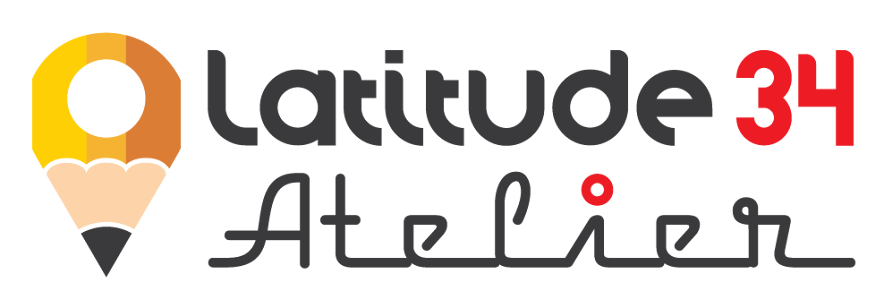Embracing Charcoal: Modern Figure Drawing Technique
 |
| You'd lose your head if - Aaron Holder, 2022 |
1. Gesture Drawing with Compressed Charcoal
Gesture drawing is a foundational skill for figure artists, and compressed charcoal offers a unique opportunity to create bold, expressive marks in a short amount of time. Compressed charcoal, which is made by grinding charcoal and binding it with a gum or wax, offers greater intensity and a wider range of values compared to vine or willow charcoal. By working quickly and focusing on the movement and energy of the figure, you can create dynamic sketches that capture the essence of the subject.
2. Charcoal Powder and Tonal Grounds
Creating a tonal ground using charcoal powder is an excellent way to add depth and atmosphere to your figure drawings. Begin by covering your paper with charcoal powder, either by rubbing it directly onto the surface or using a soft cloth. Use a kneaded eraser or a chamois to lift out lighter areas and establish a range of values. This technique allows you to focus on the play of light and shadow, resulting in a more atmospheric and sculptural rendering of the figure.
3. Layering and Blending
Figure Drawing/Brown - Dave Kleinschmidt, 2005
Incorporating layering and blending techniques can add complexity and richness to your charcoal figure drawings. Building up layers of charcoal allows you to create a range of textures and tones that can be manipulated with various blending tools. Brushes, stumps, and fingers can all be used to blend and soften the charcoal, creating smooth transitions between values and a more three-dimensional appearance.
4. Mixed Media Approaches
Contemporary artists often incorporate other materials into their charcoal figure drawings, such as acrylic, ink, or pastel. These mixed-media approaches can add depth, color, and texture to your work. For example, you might use acrylic paint to create an abstract background or apply ink washes to emphasize the darkest areas of your drawing. Experimenting with different media can lead to new discoveries and exciting results in your figure-drawing practice.
5. Negative Space Drawing
Negative space drawing is a technique that involves focusing on the shapes created by the spaces surrounding the figure, rather than the figure itself. This approach can help artists to better understand the relationships between various elements within a composition and create a more cohesive drawing. Using charcoal for negative space drawing is particularly effective, as the medium lends itself to bold, graphic marks that can be easily adjusted and erased.
6. Erasing Techniques
Charcoal is a highly malleable medium, and erasing can be just as important as applying the charcoal itself. Artists can use a variety of erasers, such as kneaded, gum, or vinyl erasers, to create highlights, refine edges, or correct mistakes. Additionally, erasing can be used as a drawing tool in its own right – for example, by "drawing" with a kneaded eraser to create highlights and textures within the figure.
Modern figure drawing techniques with charcoal offer artists an array of opportunities to push their work in new and exciting directions. Whether you are a beginner or an experienced artist, incorporating these techniques into your practice can help you develop a greater understanding of the human form and create more dynamic, expressive drawings. Embrace the versatility of charcoal and allow it to unlock your creative potential in the world of figure drawing.





Comments
Post a Comment